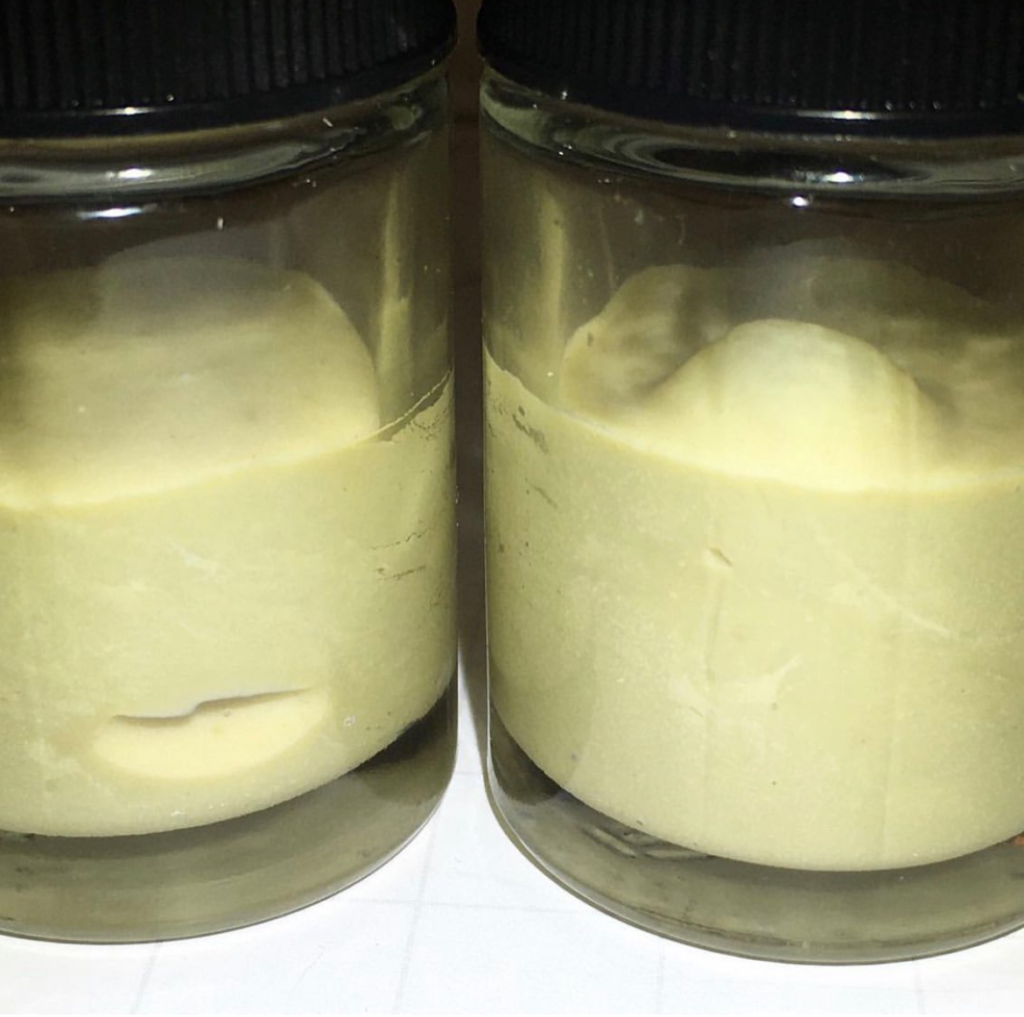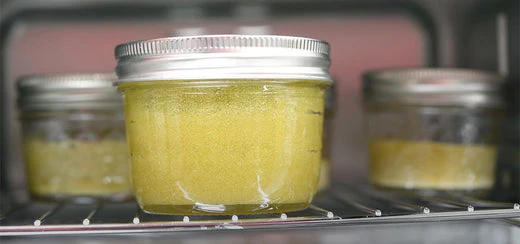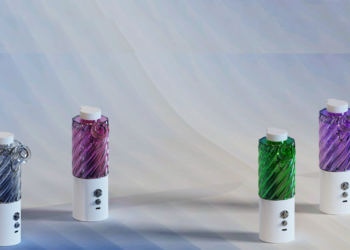Image Source: LowTemp Industries
After you have washed your flower with bubble bags to make hash, then pressed your hash into hash rosin, now it is time to cure your rosin. Curing is a critical step that affects the final product’s appearance, consistency, flavor, and potency. There are two primary curing techniques used in hash rosin production: cold cure and heat cure. Each method provides distinct characteristics that appeal to different consumer preferences. In this article, we will explore the differences between cold curing and heat curing, explain how to perform each method, and discuss their impact on the final product.

What is Curing in Hash Rosin Production?
Contents
Curing is the process of allowing freshly pressed hash rosin to develop its full potential through controlled environmental conditions. This step enhances terpene expression, modifies consistency, and refines the overall quality of the rosin. While some extractors prefer a cold cure for its stability and smooth flavor, others opt for a heat cure to accelerate the process and achieve a unique consistency.
Cold Cure Method
Cold curing is a process in which freshly pressed hash rosin is stored in a cool, dark environment to allow terpenes to settle and form a smooth, desirable consistency. This method is favored by many extractors for preserving delicate terpenes and enhancing the overall flavor profile of the rosin.

How to Perform a Cold Cure:
- Prepare the Rosin: After pressing fresh hash rosin, transfer it into an airtight glass jar.
- Store in a Cool, Dark Place: Keep the jar in an environment with temperatures ranging from 40°F to 60°F (4°C to 15°C). Many producers use a refrigerator or a temperature-controlled space.
- Burping the Jar: Periodically, open the jar once a day for the first few days to allow excess moisture and gas buildup to escape.
- Whipping (Optional): Some extractors choose to lightly stir or whip the rosin during the cure to encourage a creamy, batter-like consistency.
- Wait and Observe: Over a period of one to three weeks, the rosin will stabilize into a budder or batter-like consistency, depending on the starting material.
Effects of Cold Curing on Hash Rosin:
- Appearance: The rosin typically takes on a creamy, budder-like consistency.
- Taste & Aroma: Cold curing preserves volatile terpenes, resulting in an incredibly flavorful and aromatic product.
- Potency: The process ensures that cannabinoids remain intact without additional degradation from heat exposure.
- Shelf Stability: Cold-cured rosin tends to have better stability over time, as it is less prone to oxidation and terpene loss.
Heat Cure Method
Heat curing involves applying low heat over time to manipulate the consistency and expedite the curing process. This method is ideal for those who want a faster cure or prefer a different texture in their final product.

How to Perform a Heat Cure:
- Jar the Fresh Rosin: Place freshly pressed hash rosin into an airtight glass jar.
- Apply Heat: Store the jar in a warm environment, typically between 90°F to 120°F (32°C to 49°C). This can be done using a low-temperature oven, a seedling mat, or a sous vide setup.
- Monitor and Adjust: Keep an eye on the rosin, as higher temperatures can cause terpene degradation if left too long.
- Whip or Stir (Optional): If a more uniform texture is desired, gently stirring the rosin during the process can encourage a glossy, sauce-like consistency.
- Cure Time: Depending on the desired consistency, heat curing can take anywhere from a few hours to a couple of days.
Effects of Heat Curing on Hash Rosin:
- Appearance: Heat-cured rosin often develops a sauce-like consistency, sometimes forming terpene separation where high-terpene layers sit atop cannabinoid-rich layers.
- Taste & Aroma: While some terpenes are lost due to heat exposure, certain profiles may become more pronounced, creating a richer and deeper flavor.
- Potency: High temperatures may cause minor cannabinoid degradation, but the product remains potent and enjoyable.
- Shelf Stability: Heat-cured rosin may be slightly less stable over long periods, especially in warm conditions, due to terpene volatility.
Benefits and Drawbacks of Each Method
| Aspect | Cold Cure | Heat Cure |
| Flavor | Superior flavor preservation with robust terpene profiles. | Slight terpene loss but can enhance certain flavors. |
| Appearance | Smooth, creamy, budder-like texture. | Glossy or sauce-like texture. |
| Potency | Retains potency without heat degradation. | Slight cannabinoid degradation at higher temperatures. |
| Processing Time | Takes 1-3 weeks. | Can be ready in hours to a few days. |
| Shelf Stability | More stable for long-term storage. | Can be less stable, especially in warm environments. |
| Popularity | Increasingly popular for high-end solventless extracts. | Preferred by those who want quick results and unique consistencies. |
Tips for Success
- Choose Quality Starting Material: The better the hash, the better the rosin—high-quality trichome heads will yield superior results regardless of curing method.
- Experiment with Temperatures: Adjusting temperature and duration can help refine the final texture and flavor.
- Use Glass Jars: Always use airtight glass jars to maintain purity and prevent contamination.
- Avoid Excessive Heat: Overheating can lead to terpene degradation and a harsher product.
- Store Properly: Keep rosin in a cool, dark place for long-term storage to preserve quality.
Conclusion
Both cold curing and heat curing have their advantages, and the choice largely depends on the desired end product. Cold curing is favored for its ability to preserve terpenes and maintain a stable consistency over time, making it ideal for those who prioritize flavor and smoothness. Heat curing, on the other hand, allows for faster processing and can create unique consistencies like sauce or shatter. By understanding these curing methods and their effects on hash rosin, extractors can tailor their techniques to achieve the perfect balance of potency, flavor, and texture for their needs.










